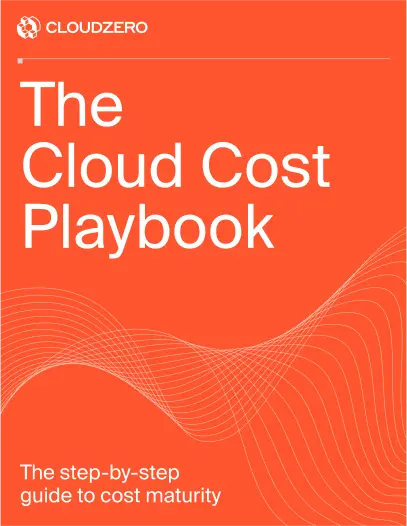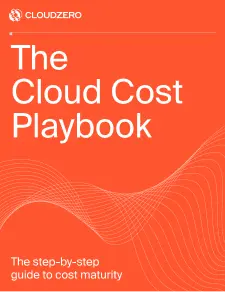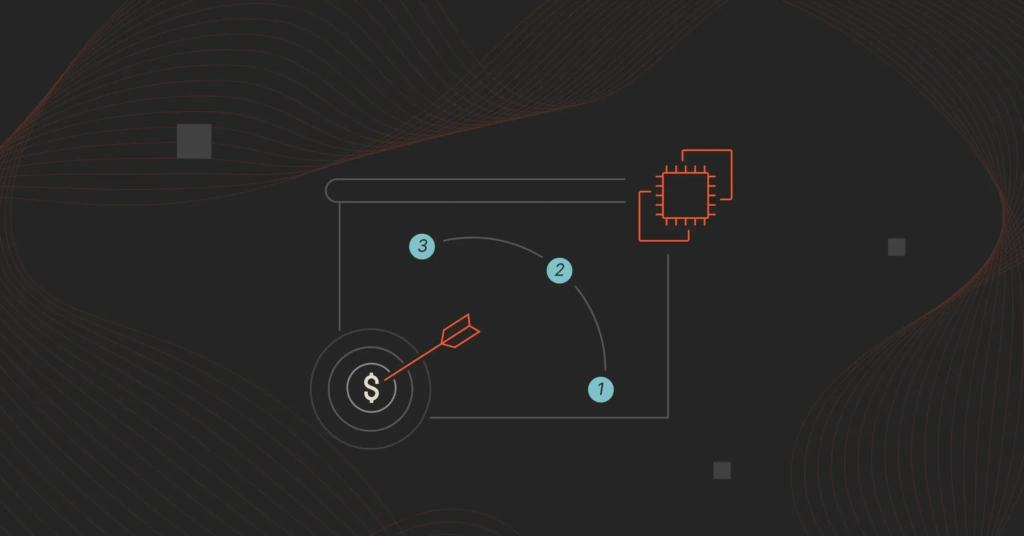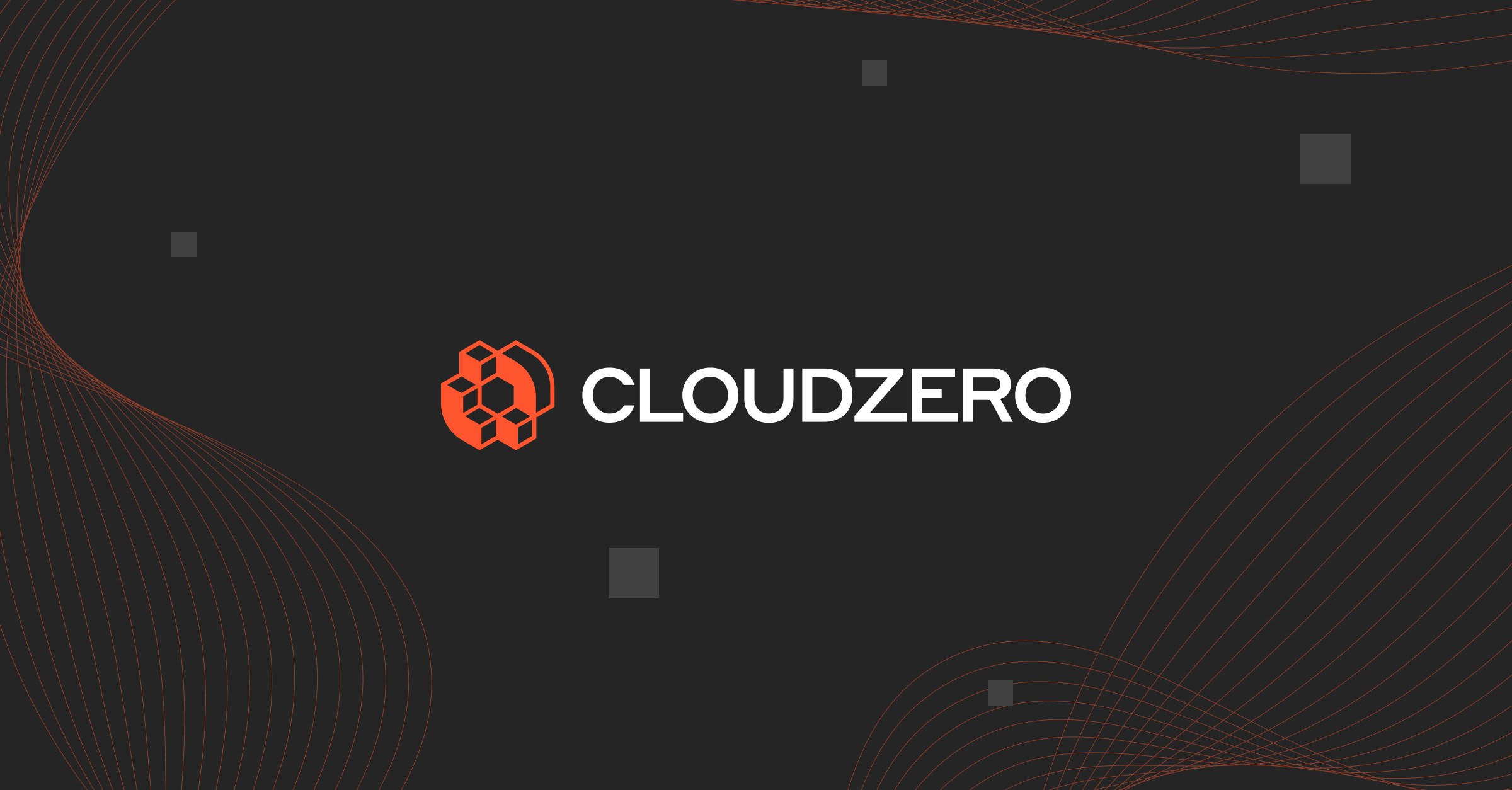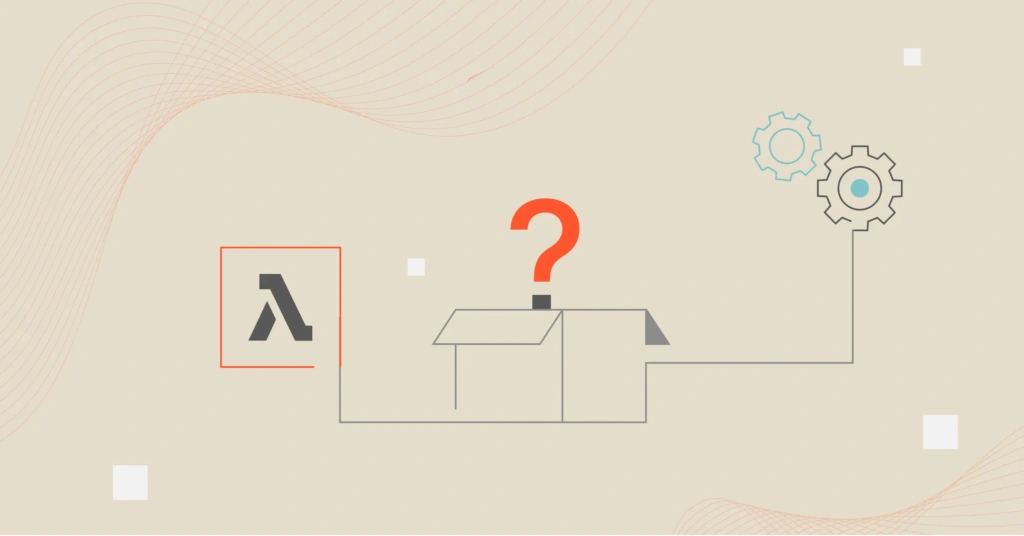Developing and maintaining quality software is a complex task, fraught with numerous challenges. One of the primary challenges is the need to integrate various systems, resources, and people effectively to manage projects.
Teams often struggle with a lack of organizational culture or buy-in from senior management, dealing with manual testing and deployments, managing large releases, and ensuring smooth collaboration between development and operations teams.
DevOps, however, offers solutions to many of these challenges. It emphasizes practices like continuous integration and delivery (CI/CD), which automate build, test, and deployment processes.
However, the process must be well-organized. And this is where the phases of a DevOps lifecycle come into play.
Let’s start at the very beginning.
What Is DevOps?
DevOps, a blend of ‘Development’ and ‘Operations,’ is a set of practices, philosophies, and tools that support an organization’s ability to deliver applications and services at high velocity.
This approach fosters a culture and environment where building, testing, and releasing software happens rapidly, frequently, and reliably.
DevOps bridges the gap between development (who create software) and operations (who maintain it), facilitating continuous integration, continuous delivery, and quick feedback loops. It focuses on automating processes and integrating various technologies to streamline workflows.
Key DevOps principles include collaboration, automation, continuous integration, continuous delivery, and continuous monitoring.
By adopting a DevOps culture, organizations can respond to market changes faster, improve their product’s quality, and achieve more efficient and reliable operational processes.
What Is The DevOps Lifecycle?
The DevOps lifecycle refers to a continuous software development process that uses DevOps best practices to plan, build, integrate, deploy, monitor, operate, and provide ongoing feedback throughout the lifecycle of the software.
Often, a continuous loop is used to illustrate the software lifecycle, like this:
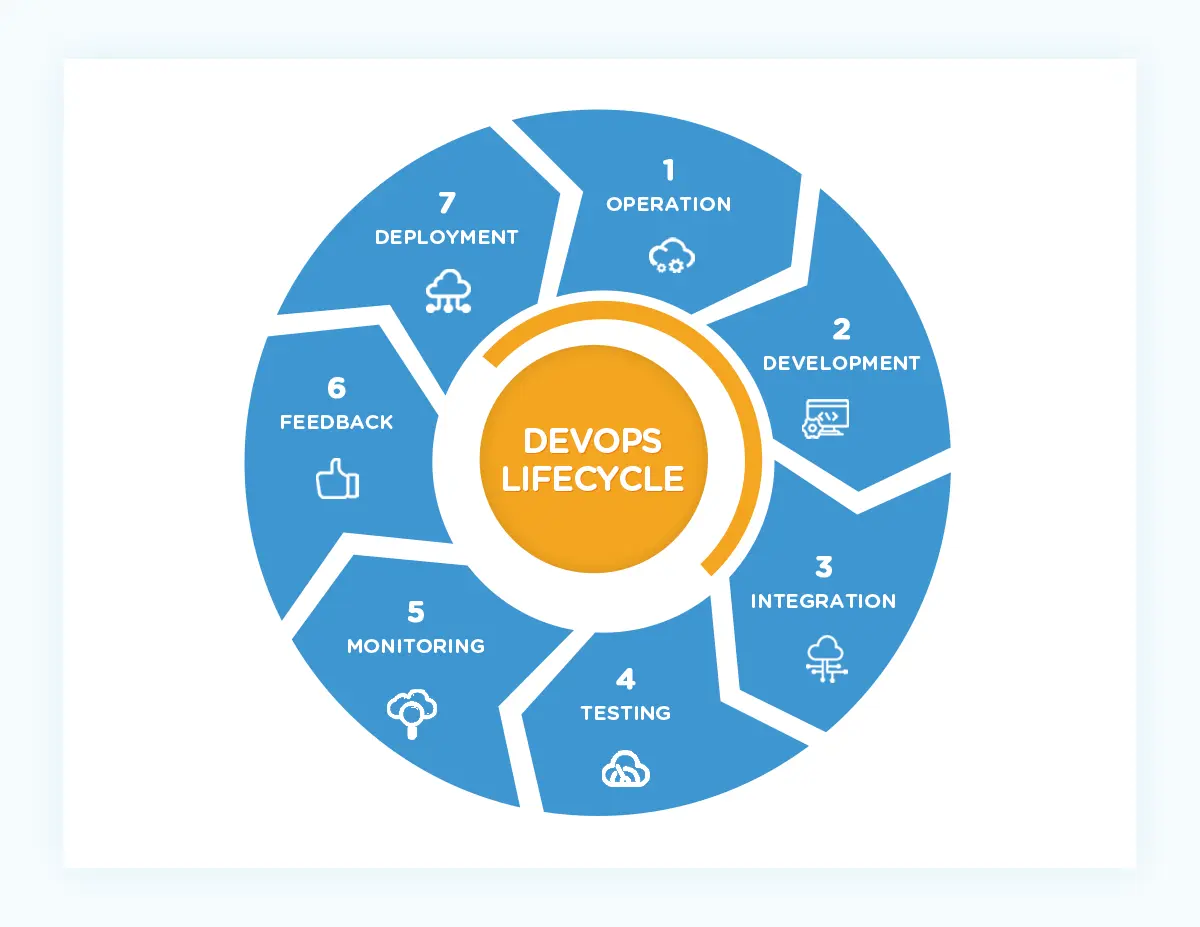
DevOps isn’t a particular tool or team. Instead, it’s a culture of releasing high-quality software faster and following it up with frequent updates.
Automation assists DevOps processes, such as source code management, deployment, and testing, to run faster and with minimal human error or intervention.
Besides lowering cloud costs, automation can also help accelerate engineering productivity. You can utilize specific DevOps tools (DevOps toolchain) to achieve this. Here are 55 of the best DevOps tools available today. You’ll also need to determine the DevOps metrics you want to track before choosing the specific tools.
So, let’s go over the DevOps process from start to finish.
Quick Explain: What Are The Stages of The DevOps Lifecycle?
Before we dive in, here’s a quick summary of the DevOps process, and the key stages that move things along:
- Plan: At this stage, you define a project’s objectives as well as technical and resource requirements. It includes identifying stakeholders, setting timelines, and prioritizing tasks.
- Code: Here, developers write code to create new features or fix bugs. Version control systems like Git help them track changes and collaborate.
- Build: At this stage, your developers compile the written code into executable programs or scripts. This process often involves code merging and compilation, turning source code into runnable artifacts.
- Test: Rigorous build testing ensures quality and performance. The testing can take the form of unit testing, integration testing, or performance testing.
- Deploy: The team then deploys the tested software to production and staging environments. You can use automation tools to ensure consistent and reliable deployment processes.
- Operate: Once you’ve successfully deployed your software to production, it is time to manage it in a live environment. This includes operational tasks such as provisioning resources, ensuring uptime, and managing changes.
- Feedback: Then gather feedback from your end-users and stakeholders. This feedback is crucial for identifying areas for improvement and guiding future development (updates and roadmapping).
- Monitor: Continuously track your software/application and infrastructure’s performance to ensure performance and security. This involves tracking system health, user activity, and identifying potential issues before they become costly problems.
Each of these stages is interconnected and forms a continuous loop, emphasizing collaboration, automation, and continuous improvement.
What Are The 7 Phases of The DevOps Lifecycle – And How to Optimize Cloud Costs In Each Step?
The seven phases of the DevOps lifecycle are:
- Continuous development
- Continuous integration
- Continuous testing
- Continuous deployment
- Continuous monitoring
- Continuous feedback
- Continuous operations
The following chart shows the phases of DevOps in a continuous software development cycle:
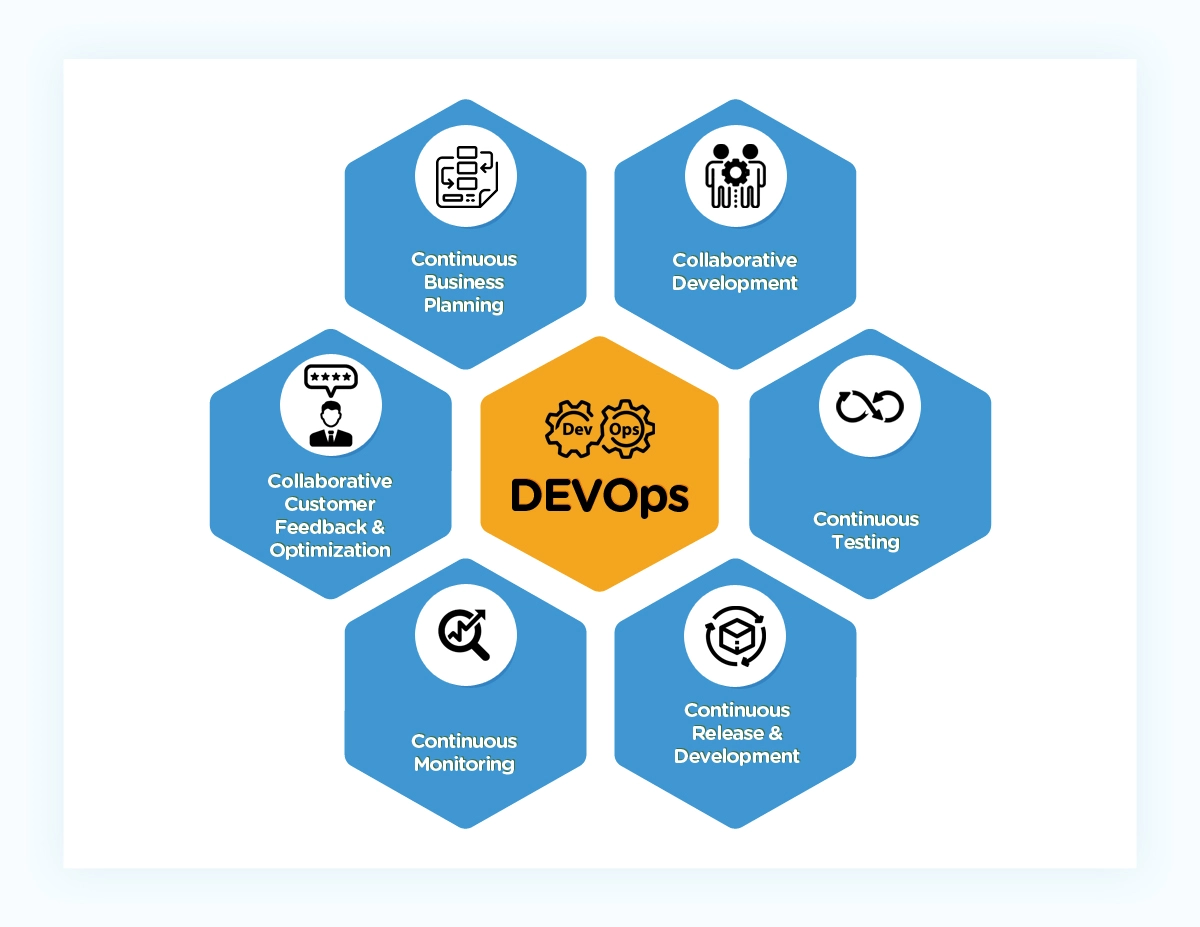
Important note: DevOps lifecycle phases are continuous. So, effective DevOps engineers combine all seven steps in each agile development sprint in ways that make the most sense to them. For example, some teams implement testing before integration. Other teams run continuous feedback before deploying a build in production.
Now, here’s a closer look at each phase:
1. Continuous development
Planning and coding are part of continuous development. Planning involves software clients, developers, operations professionals, and management sharing requirements for the software solution, including its design and functionality.
Coding actual product features follows once the team agrees on a course of action. Using Source Code Management (SCM), DevOps teams manage the code in central repositories. As a result, multiple, distributed teams can collaborate and develop the same software without introducing or encountering version control issues.
What tools to use for the continuous development phase of DevOps
Git
This is a distributed version control system used for tracking changes in source code during software development. It supports non-linear development with its ability to handle large projects efficiently and great branching and merging capabilities. Git alternatives here include Subversion and Mercurial
CVS (Concurrent Versions System)
CVS is an older version control system that manages changes to documents, programs, and other information stored in files. It lets multiple developers work simultaneously on a single project, though it is less efficient at handling branching and merging than more modern systems like Git.
Maven
Apache Maven is a build automation tool that is primarily used for Java projects. It uses a Project Object Model (POM) to manage project builds, dependencies, and documentation, streamlining the build process and promoting best practices.
Garden
This is a developer tool for Kubernetes (K8s) and cloud-native development. It is designed to ease testing and developing multi-service systems. Garden automates repetitive tasks like deploying and testing, and provides useful abstractions and automation over the underlying technology.
What are the costs involved in the continuous development phase?
Development costs vary based on various factors, including the DevOps team size and skill level, the platform, the UI/UX design, the technology stack required, and the software’s functionality.
It’s still vital to make architectural choices that will help you optimize your cloud costs in the future. Using cloud-native architecture or refactoring your existing workloads are two examples.
How to manage costs at the continuous development phase
Most public cloud platforms provide free cloud cost management tools. You can collect, visualize, analyze, and report cloud costs using the native cloud financial management solutions. For example, you can visualize and analyze essential AWS resource consumption and associated cost data using AWS Cost Explorer.
You will need a more sophisticated cloud cost solutions for a fast-growing startup, scaleup, or established enterprise.
With CloudZero’s engineering cost awareness approach, DevOps can see the cost impact of specific architectural choices almost immediately. Meaning, they can tell which architectural decisions will yield the most cost savings and which ones won’t.
If migrating to the AWS public cloud, CloudZero can also help track your AWS migration costs in real-time, helping you stay within your budget throughout the process. This includes monitoring AWS MAP migration costs as well.
2. Continuous integration
Following the development phase, the integration phase adds additional functionalities, security patches, or other changes to the software. The goal is to create a useful product that is also secure and user-friendly.
Besides, the updated code must seamlessly integrate with the other systems you built it to work with. CI involves reworking the source code frequently, as a result.
What tools to use at the continuous integration phase of DevOps
- Jenkins is an open-source automation server that enables developers to reliably build, test, and deploy software.
- CircleCI is a continuous integration and delivery platform that automates software development using CI/CD pipelines.
- Buddy is designed for simplicity and speed, offering a user-friendly interface for building, testing, and deploying software with minimal configuration.
What are the costs involved in the continuous integration phase?
Coding reviews, updates, integration testing, anomaly detection and remediation, and technology choices are some examples of costs during the continuous integration phase. Other activities, like onboarding/offboarding applications, teaching best practices, and scaling your infrastructure, also add to CI testing costs.
How to manage costs at the continuous integration phase
Using CI tools like Jenkins, CircleCI, and Buddy can help you automate your CI pipeline. This can help you reduce preventable errors and remediation costs, among other benefits.
CloudZero empowers DevOps teams to measure which features your customers and employees use the most and least — both before and after deployment. You can also view cost per feature, enabling you to see the most costly features you offer.
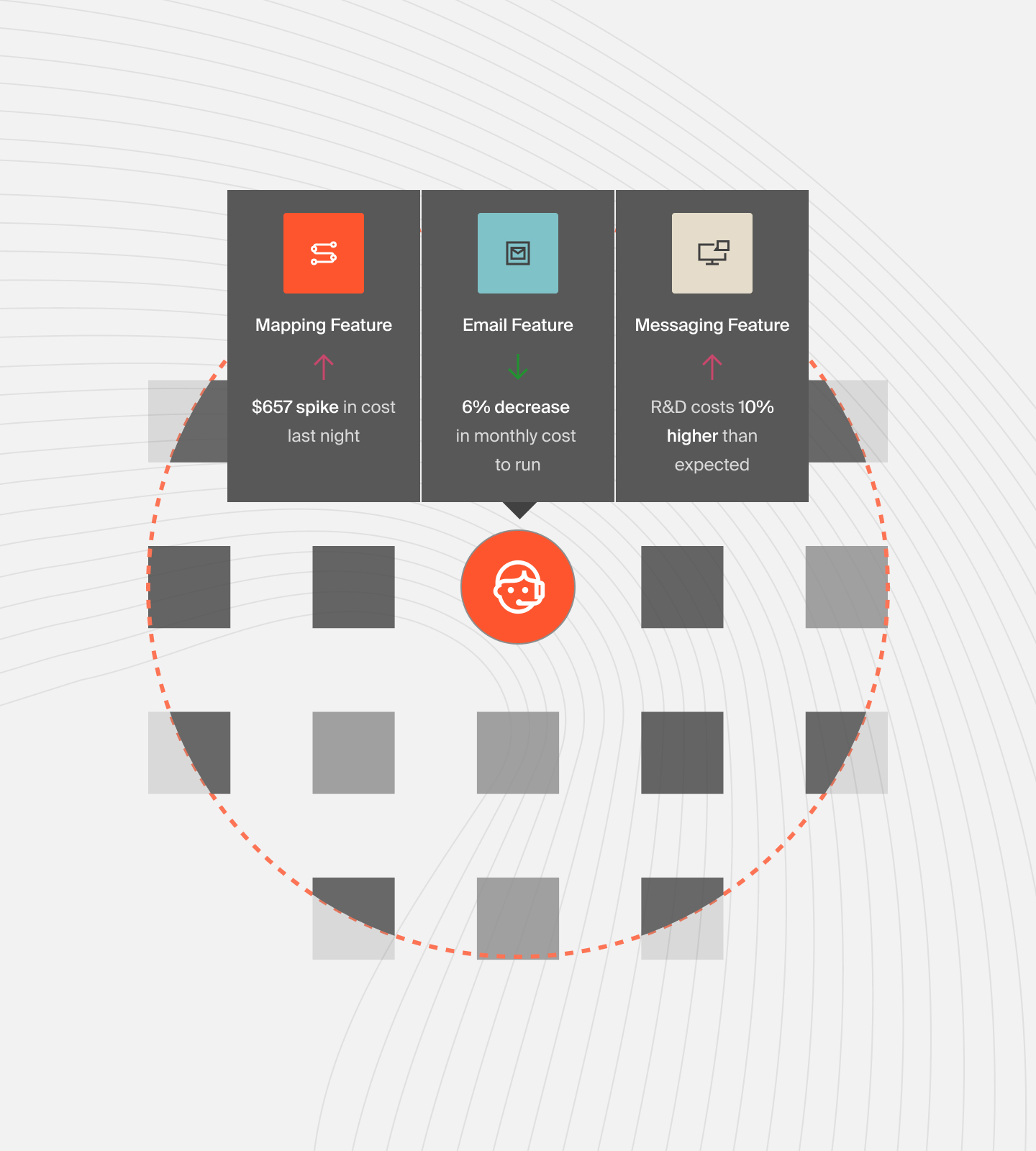
Insights like these can help you decide early in the CI/CD pipeline whether to decommission a feature to save money. If your users use it a lot and are willing to pay more for it, you can keep it.
CloudZero’s cost anomaly detection identifies cost anomalies from particular product features, processes, and team accounts in real-time. CloudZero sends timely alerts via Slack, email, or your incident response tool whenever costs increase abnormally. You can then take immediate action to prevent overspending.
3. Continuous testing
During the testing phase of the DevOps process, the DevOps team checks for bugs, errors, configuration, UX/UI problems, and other issues. There are different types of software testing, including component/unit testing and system integration testing.
QA teams conduct testing to ensure all software components work as your DevOps team and end-users intend. After passing this phase, the software code is ready for production. If not, a good CI tool will usually notify the programmer who iterated the code to fix the issue (regression automation).
What tools to use at the continuous testing phase of DevOps
- Selenium is a widely used open-source framework for automating web browsers, allowing testing across different browsers and platforms.
- Ranorex is an all-in-one tool for automated testing of desktop, web, and mobile apps.
- Test.ai is an AI-powered test automation system that specializes in mobile app testing, detecting and adapting to app changes through machine learning.
Other examples of the best continuous testing tools include TestSigma, TestNG, and JUnit, to mention a few.
What are the costs involved in continuous testing phase?
Testing software costs time, money, and opportunities. For example, QA engineers often use parallel environments to test software features thoroughly. Manually managing the testing phase can be near impossible, especially with a complex software product.
However, most traditional cloud cost management tools will only show the total cloud bill per month, not the costs of specific testing projects.
Not CloudZero.
How to manage costs at the continuous testing phase
The cloud cost intelligence platform gathers, normalizes, and reports testing costs just as you would project costs.
Thus, you can see the length and the cost of each testing project by team, customer, project, etc. With this insight, you can compare various testing approaches to find a cost-effective way to test software without sacrificing quality.
4. Continuous deployment
The next step of the DevOps lifecycle involves releasing successfully tested and validated code/build into production. As the last phase of the CI/CD pipeline, continuous deployment is where teams deploy validated code changes for use by real users.
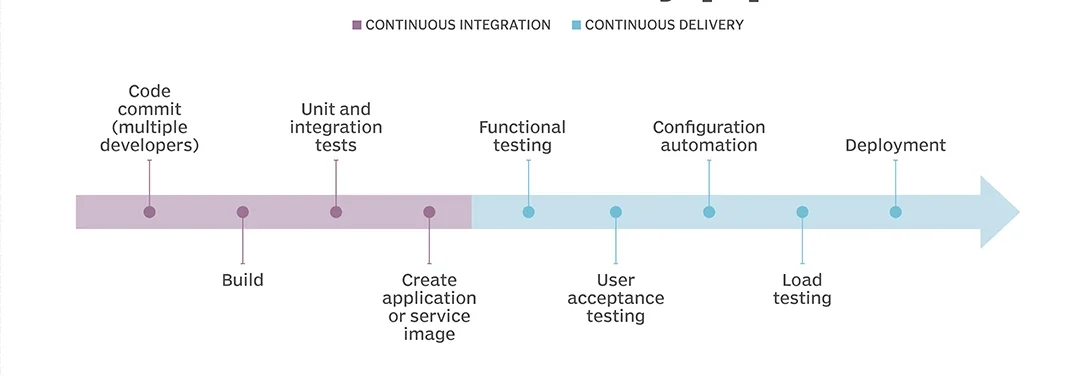
Credit: TechTarget
Important note: The difference between continuous deployment and continuous delivery is that while continuous deployment automatically releases each validated build to live production, continuous delivery often just preps the validated build for human review before deployment.
What tools to use at the continuous deployment or delivery phase of DevOps
You can automate both CD processes using CD software or CI/CD tools like:
- UrbanCode Deploy automates application deployments through your environments. It does so by providing a clear audit trail of who deployed what, where, and when.
- DeployBot helps you deploy code from your repository to any server. This ensures efficient and controlled transitions from development to production.
- Juju provides an open-source orchestration engine that manages the deployment, integration, and lifecycle management of applications on any infrastructure, using charms for automation.
Or, you use all-in-one solutions like GitLab, CircleCI, and Travis CI. Tools like Puppet, Chef, and Ansible manage the configuration of the build to available servers for hassle-free application performance.
What are the costs involved in the continuous deployment phase?
Since deployment pushes changes into production, it can cause noticeable spikes in cloud resource usage and related costs. The resource consumption ranges from computing use cases like CPU and memory usage to storage charges.
Changes to the codebase can also result in significant cost spikes for various reasons.
- Users may be excited about continuously using the new or updated feature.
- Perhaps the software update requires significantly more resources to render smoother, faster, or more advanced capabilities.
These changes are reflected in usage reports and often translate into increased costs.
How to manage costs at the continuous deployment phase
The first thing you need to do is establish who, what, and why your deployment costs are changing. You do not want to kill time and engineering morale by doing this manually.
For example, you’d want to know which specific product feature or tenant is responsible for increased costs. You can then use the insight for chargebacks, showbacks, or estimate how much more you will need to allocate to the feature going forward.
Consider CloudZero’s cost per deployment insight.
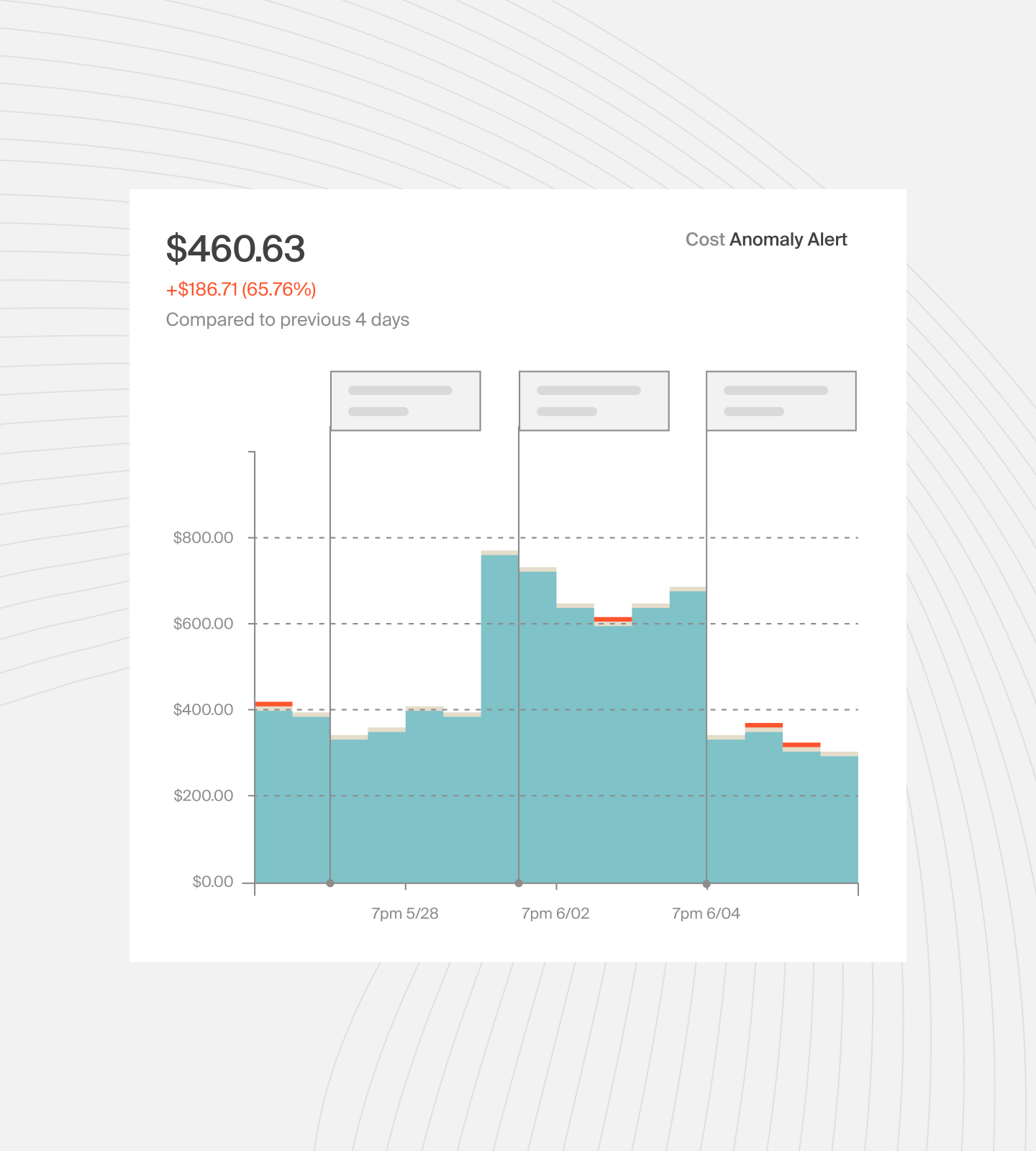
You can tell why your deployment costs changed and pinpoint where to cut costs if you need to or where to allocate more resources to promote innovation, rapid delivery, and overall growth.
5. Continuous monitoring
The monitoring phase is crucial for real-time tracking the software’s overall and ongoing health. However, monitoring extends across application performance, infrastructure, networks, servers, and end-user monitoring. DevOps teams can use this holistic approach to understand the context in which a particular issue arises.
It also helps uncover utilization patterns, trends, and deeper issues that a short period of testing may not reveal.
What tools to use at the continuous deployment or delivery phase of DevOps
Several top DevOps monitoring tools offer hybrid cloud and multicloud monitoring capabilities. Among them are SolarWinds (multicloud APM tool), Sematext (infrastructure), Nagios (network), New Relic (real-time user activity), Redgate (database), and Datadog (hybrid cloud).
Other companies monitor specific metrics in a public cloud like AWS. Among them are CloudZero (AWS cost monitoring and optimization), ProsperOps (autonomous AWS Savings Plans and Reserved Instances monitoring and optimization), and Xosphere (Spot instance optimization).
What are the costs involved in the continuous monitoring phase?
The cost of DevOps monitoring includes charges for automated cloud monitoring tools, payroll, and other services. The costs vary based on the type of tool you use, the amount of work required, and the complexity of the project.
Additionally, the cost of monitoring may also increase as you add new AWS services to monitor and as you update existing services. The cost of these tools can range from a few hundred dollars to tens of thousands of dollars per month.
How to manage costs at the continuous monitoring phase
Cloud cost optimization relies on continuous monitoring. This is where you track and measure your costs. After all, you can’t optimize something that you can’t see. Monitoring itself might not cost you much.
For example, modern continuous monitoring tools like CloudZero offer custom pricing based on your environment or usage, not just a percentage of how much you spend on the cloud. Like ProsperOps and Xosphere, some pay for their subscription with the savings they make you each month.
CloudZero’s cloud cost intelligence platform gives you granular insights into your costs, regardless of running workloads on AWS, Kubernetes, or Snowflake.
You’ll get:
- Cost per feature – See how much it costs you to develop and maintain a specific software/application/product feature so you can price it profitably.
- Cost per dev team – Find out which teams spend the most time and money on what and why to improve their workflows.
- Cost per deployment – View the cost of launching a particular feature, understand how it impacts your overall budget, and monitor progress to avoid budget overruns.
- Cost per project – Review the costs of engineering projects from beginning to end. You can then produce accurate customer quotations with confidence, set realistic project budgets, and actively minimize costs without sacrificing software quality.
- Cost per customer – Tell what it costs to support each customer to improve your margins.
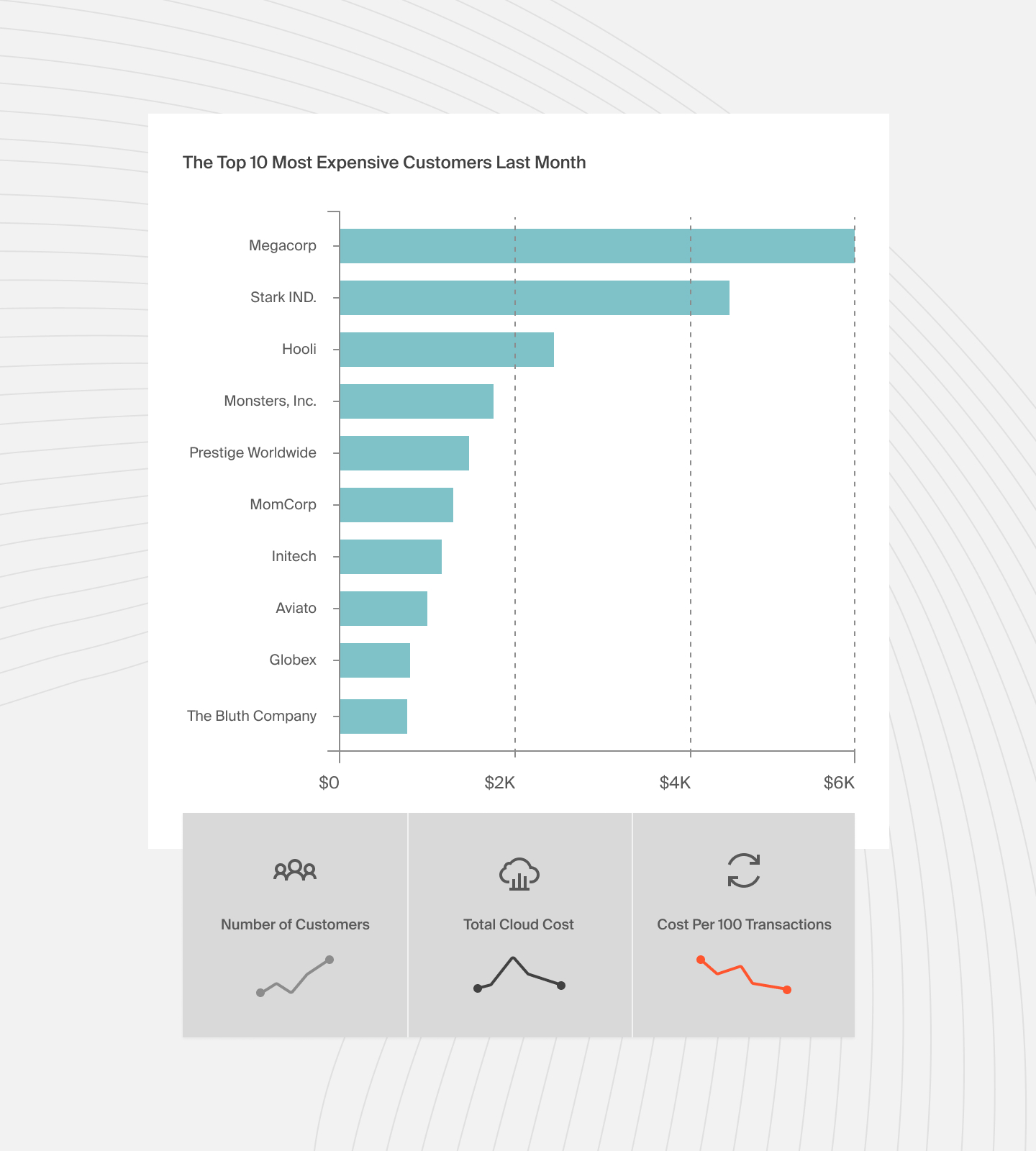
- Cost per tenant – Be able to pinpoint the cost of supporting each tenant in a shared/multi-tenant environment.
- Usage and cost per product feature – Monitor how customers use your product features and decide whether to re-engineer, decommission, or move a specific feature to a higher pricing plan to improve margins.
- Cost anomaly detection and alerts – Get real-time alerts on abnormal or trending costs via Slack, or email so you can address the issue’s root cause before it leads to overspending.
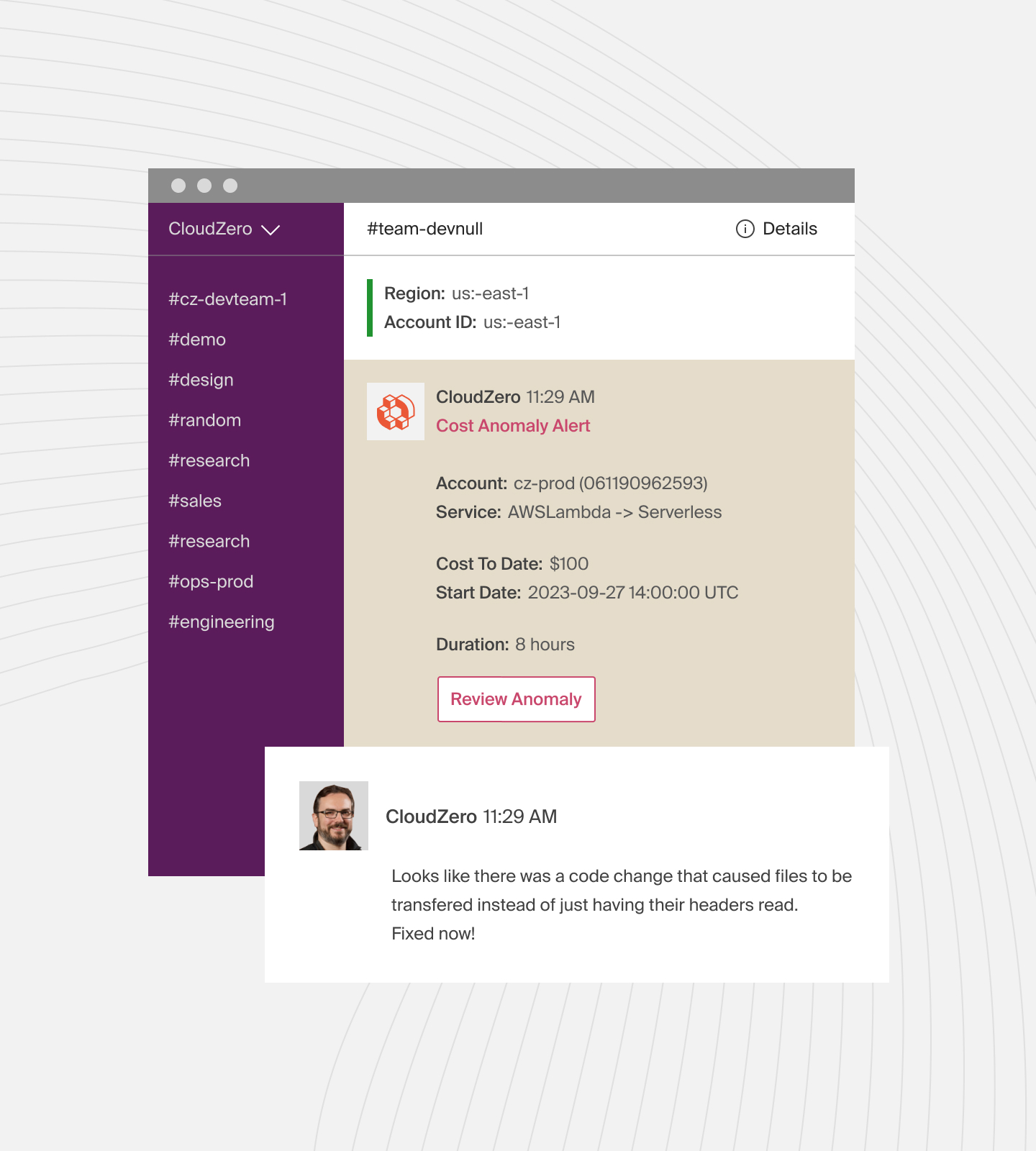
Something else. CloudZero’s discount optimization dashboard for AWS Savings Plans, Spot Instances, and Reserved Instances makes it easy to monitor how you’re using your AWS discounts to maximize their effectiveness.
6. Continuous feedback
In a continuous feedback DevOps phase, all stakeholders provide feedback to help improve the product.
The DevOps approach differs from traditional software development methodologies by involving a wide range of stakeholders, including the client, product team, the development, cloud operations, finance, and management.
The phase collects data from running and monitoring software in live production with real users. Feedback is continuous; all parties actively discuss ways to improve the product.
What tools to use at the continuous feedback phase of DevOps
- Jira is primarily a project management tool but you can use it in DevOps for tracking and sharing insights about bugs, issues, and project tasks.
- QuestionPro is a versatile online survey platform you can use to gather feedback, conduct research, and make data-driven decisions to improve your software development processes.
- Responsly helps you collect and analyze customer feedback, helping you improve your products and services based on user insights.
What are the costs involved in the continuous feedback phase?
The costs will primarily relate to project management and communication tools like Slack (Pro, Business+, and Enterprise Grid), Teams, Zoom, JIRA, Asana, Responsly, and Celoxis although these may not be a major concern for many organizations. But the costs might add up if your teams subscribe to different tools at once, resulting in shadow IT.
Here’s what may be.
How to manage costs at the continuous feedback phase
At this stage, you want data-driven answers to questions such as:
- Are our costs of goods sold (COGS), gross margin, and profitability healthy for our growth?
- Which specific features cost us the most?
- Which particular customers are we losing money on?
- If we added 10 customers tomorrow, how much would our costs change?
- Do we harness economies of scale?
- What are the trade-offs we need to make to improve our costs per unit value?
- What is our utilization cost per customer per feature?
- How do we optimize each product feature to maximize gross margin?
- Which are the most valuable customer segments we should target more effectively?
- Are we spending more on AWS because of healthy growth, or because we’re overspending?
With CloudZero you can answer these questions hassle-free.
CloudZero speaks your language, whether you are in engineering and DevOps evaluating cost per feature or are a finance professional seeking cost per customer details. CTOs and CFOs love CloudZero because it shows them COGS, while investors and board members can analyze profitability indicators such as gross margin.
7. Continuous operations
A continuous operations phase aims to maintain optimal performance, security, compliance, and overall smooth customer service.
Consistently do this, and you’ll maintain competitive advantage, high customer satisfaction/ratings, and high service reliability. You can attract more subscribers, retain more customers for longer, increase your monthly recurring revenue (MRR), etc.
Yet, DevOps is all about continuous improvement, not about maintaining the status quo.
What tools to use at the continuous operations phase of DevOps
- CloudZero is a complete cloud cost optimization platform for teams that want to maximize cloud ROI without sacrificing performance. You can use it to understand how your people, products, and processes contribute to your cloud costs, empowering you to tell where to optimize usage to minimize waste and increase returns.
- Puppet is an infrastructure-as-code tool that automates the provisioning, configuration, and management of servers, essential for maintaining consistent and reliable operations in a DevOps environment.
- Datadog provides full-stack observability by combining metrics, traces, and logs in one place. This delivers invaluable data for operations teams to ensure optimal performance and identify issues in real-time.
What are the costs involved in the continuous operations phase?
This is a parallel phase to the monitoring phase, which involves collecting and analyzing data as well as providing feedback to the start of the DevOps pipeline and other stages throughout. needed. Again, the majority of costs at this point will be related to monitoring, communication, and optimization tools.
How to manage costs at the continuous operations phase
In advanced environments, teams automate operations through continuous optimization (CO). Using machine learning (ML) and artificial intelligence (AI) can help reduce cost overruns, security and compliance risks, and performance issues associated with manually configuring, setting up, and provisioning IT infrastructure.
CloudZero’s continuous operations features include the discount optimization dashboard.
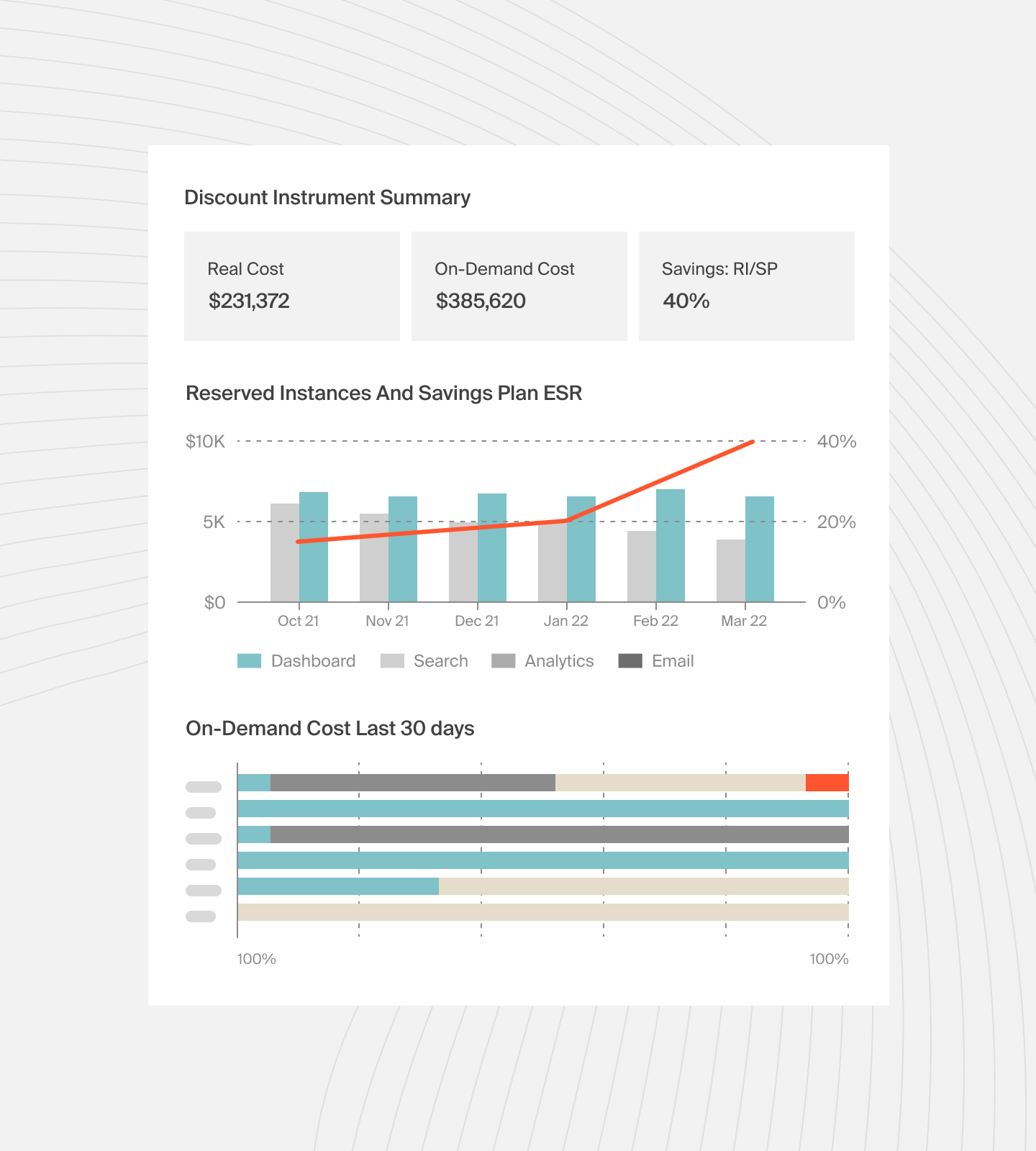
You can see your Effective Savings Rate breakdown so you can maximize your discounts (RIs and Savings Plans) in AWS. You won’t waste time calculating how much you should commit to, or being angry at your cloud provider for not meeting your commitment.
Optimize Costs At Each Step Of The DevOps Lifecycle With Cloud Cost Intelligence
By implementing the full DevOps lifecycle, you can improve your service delivery. You can also meet customer needs and business goals faster by continuously improving your DevOps pipeline.
CloudZero offers granular cost information for each step in your DevOps workflow. When you have this kind of cost visibility, you can tell exactly who, what, and why your cloud costs are changing.
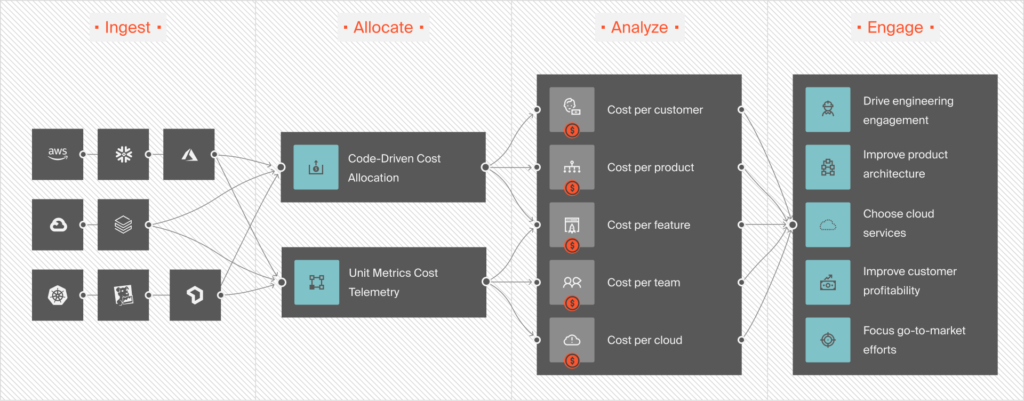
This means you can pinpoint where to either reduce costs, or increase allocations at your own pace to support sustainable growth.
Innovative companies, including Malwarebytes (now saves 6-10 hours weekly managing costs), Drift (saved over $2.4 million), and Remitly (now understands its Cost per Customer), use CloudZero to streamline their cloud cost management, allocate 100% of their spend in minutes (rather than days or weeks), and maximize their ROI on cloud investments. You can do it too.  to experience CloudZero for yourself.
to experience CloudZero for yourself.
